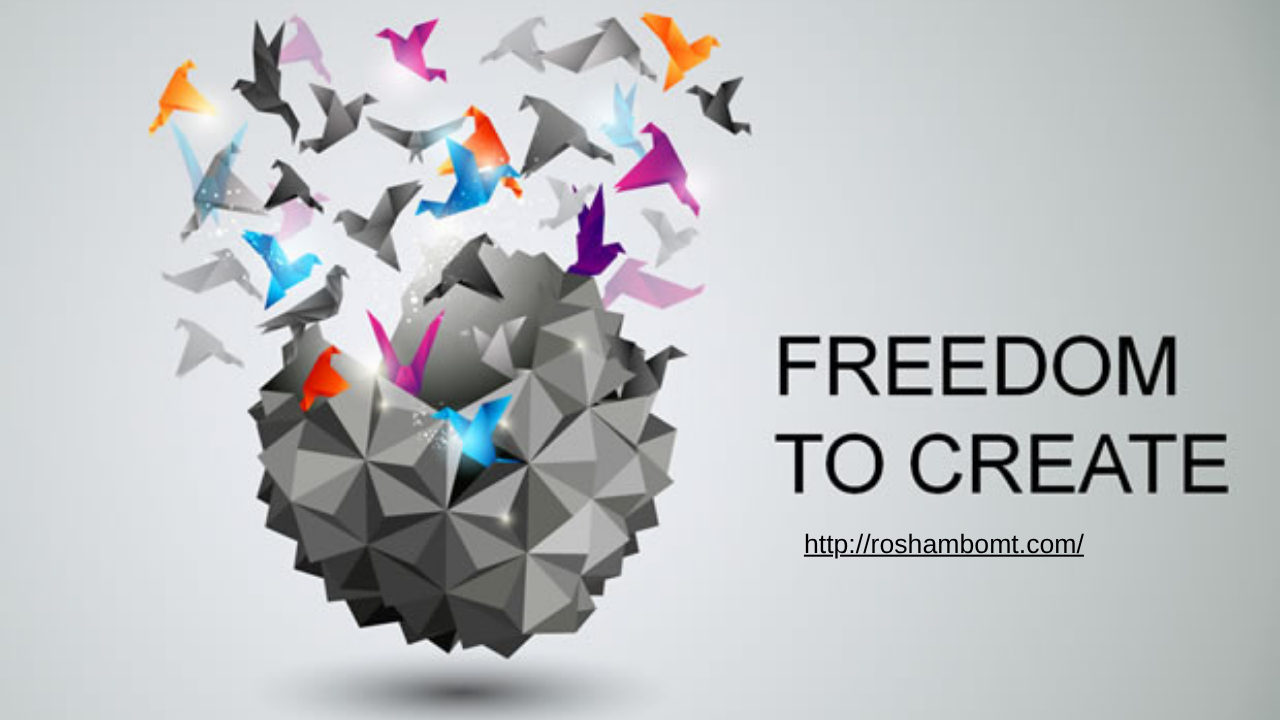Artists often rely on spontaneity to fuel their creativity, yet the recovery journey requires stability, structure, and intentional habits. Finding harmony between the two may feel challenging, especially for individuals who have long depended on chaotic bursts of inspiration during difficult times. At Roshambo, we understand this struggle. Through holistic, faith-based, and personalized addiction recovery services, we help creators rediscover their artistic identity while building healthy routines that support long-term wellness and emotional stability.
The Unique Journey of Creative Individuals in Recovery
Why Artists Often Struggle With Structure
Creative minds thrive on exploration. Many artists describe inspiration as a sudden spark that cannot be controlled or forced. Yet the unpredictability that fuels art can also bring emotional highs and lows. For individuals healing from addiction, this lack of stability can create vulnerability.
Structure plays a vital role in recovery. It nurtures safety, encourages consistency, and helps individuals reconnect with a grounded sense of self. At Roshambo, clients learn that structure is not the enemy of creativity. Instead, it becomes the foundation that allows creativity to return with greater clarity and purpose.
How Unpredictability Impacts Healing
Spontaneity may feel natural, but too much unpredictability can increase stress, anxiety, and emotional overload. For recovering artists, learning how to channel creative energy in healthy ways is essential. Predictable rhythms help reduce cravings, minimize overwhelm, and create space for emotional regulation. A balanced lifestyle supports both artistic expression and steady progress in recovery.
Creating a Healthy Blend of Structure and Spontaneity
Building Daily Anchors
Anchors are small, reliable habits that keep you grounded. They do not need to be complicated, but they must be consistent. Examples include:
-
Morning meditation or prayer
-
Journaling for a few minutes
-
A structured therapy or group session
-
Regular meals and hydration
-
A dedicated time for rest or reflection
These habits reduce decision fatigue and provide emotional steadiness that supports both recovery and creativity.
Scheduling Creative Time
Creativity often feels unlimited, but daily responsibilities can push it aside. Scheduling creative time helps artists stay connected to their craft without relying on sudden bursts of inspiration. Even thirty minutes of intentional creative practice can help maintain momentum and reduce frustration.
Honoring Spontaneous Inspiration
Structure does not eliminate spontaneity. Instead, it helps you recognize moments of inspiration more clearly. When ideas surface unexpectedly, having a stable routine allows you to embrace them without feeling overwhelmed. A balanced life gives you the capacity to explore ideas freely and safely.
Emotional Wellness for the Recovering Artist
Mindfulness as a Bridge
Mindfulness supports both artistic expression and recovery. Quiet awareness helps artists tune in to their emotions without becoming controlled by them. Through mindful breathing, reflective practices, and grounding exercises, creators learn to understand the difference between inspiration and emotional triggers.
Supportive Communities Strengthen Stability
No artist creates alone, and no one recovers alone. At Roshambo, our compassionate and faith-centered community offers guidance, encouragement, and shared understanding. Group sessions, individualized treatment, and holistic programs help clients grow both personally and creatively.
Conclusion: You Can Thrive as a Creator in Recovery
Stability and spontaneity do not need to compete. When balanced correctly, they work together to support your healing, your art, and your long-term wellness. With the right structure in place, your creativity becomes more sustainable, more meaningful, and more aligned with who you are becoming.
If you or someone you love is seeking an environment that honors both healing and creative identity, Roshambo is ready to help. Reach out today to begin a recovery journey that respects your individuality, nurtures your spirit, and supports your growth as both an artist and a whole person.
 At first glance, creativity and structure may seem like opposites. Many artists fear that schedules and routines will limit their inspiration. Similarly, individuals in recovery may view rules and structured routines as restrictive. Yet, the truth is that structure can be the key to unlocking both creative freedom and personal wellness. At Roshambo, we understand that balance is essential. Through individualized, holistic, and faith-based care, we help clients establish routines that foster healing, resilience, and creative growth.
At first glance, creativity and structure may seem like opposites. Many artists fear that schedules and routines will limit their inspiration. Similarly, individuals in recovery may view rules and structured routines as restrictive. Yet, the truth is that structure can be the key to unlocking both creative freedom and personal wellness. At Roshambo, we understand that balance is essential. Through individualized, holistic, and faith-based care, we help clients establish routines that foster healing, resilience, and creative growth. Creativity and healing share a common truth: both begin with inspiration but require discipline and structure to grow. For artists, transforming a burst of inspiration into consistent creative work takes patience and self-awareness. The same principle applies to addiction recovery and mental health healing. Progress is built on daily habits, mindfulness, and the willingness to show up—especially on the hard days. At Roshambo, we understand that lasting transformation is both an art and a practice. Through holistic, faith-based, and individualized care, we help individuals turn moments of insight into daily actions that restore hope, purpose, and balance.
Creativity and healing share a common truth: both begin with inspiration but require discipline and structure to grow. For artists, transforming a burst of inspiration into consistent creative work takes patience and self-awareness. The same principle applies to addiction recovery and mental health healing. Progress is built on daily habits, mindfulness, and the willingness to show up—especially on the hard days. At Roshambo, we understand that lasting transformation is both an art and a practice. Through holistic, faith-based, and individualized care, we help individuals turn moments of insight into daily actions that restore hope, purpose, and balance.